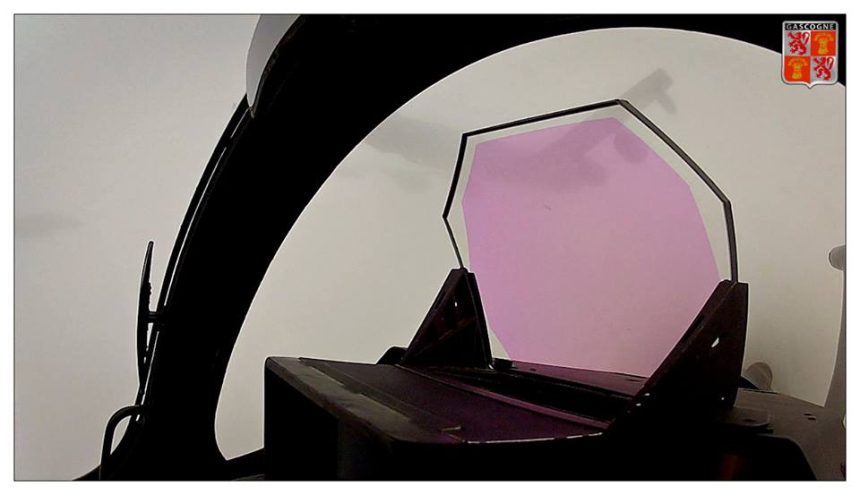Photo taken from Rafale during refueling from KC-135 in a thick cloud layer.
Aerial refueling is usually conducted in clear skies, outside clouds. Tankers adjust their racetrack to meet receivers where visibility is good and refueling ops can be safely conducted.
However, it’s not always possible to find suitable weather inside the refueling area and AAR (Air-to-Air Refueling) during training or real operations may even imply transition through clouds. In such cases, if the receiver is already plugged into the tanker, the refueling will continue more or less normally. Otherwise, it will not be authorized to plug into the basket until the entire formation reaches an area free from clouds.
The image above was taken from a French Air Force Rafale of the EC 1/91 “Gascogne” during rendez-vous with a tanker in poor weather.
According to the pilot, the two-ship formation had flown through showers and significant turbulence during rejoin with the tanker when the two Mirage 2000Ds of the EC 2/3 “Champagne” that had just finished taking their gas, the Stratotanker and the two Rafales entered a thick cloud.
The aircraft could barely see one another as the photo shows.
Although such conditions of scarce visibility are temporary, they can make AAR rather tricky.
Image credit: FAF / EC 1/91
















